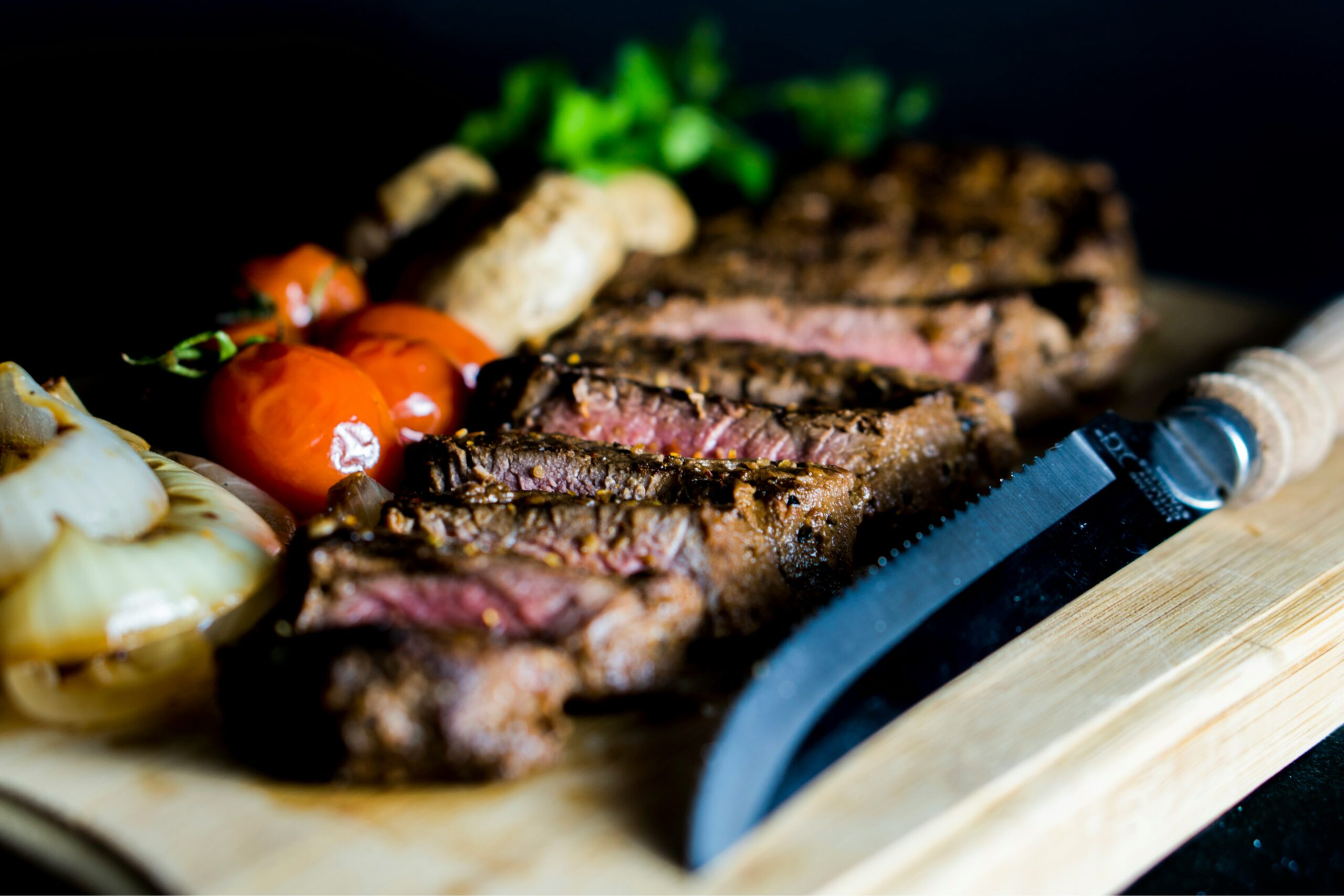Looking to change things up in the grilling department? First, turn your barbecue into a smoker with these simple steps. Next, read the following tips to create juicy culinary masterpieces.
- Choose a flavor. The most commonly used wood chips for smoking are hickory and mesquite, which are easy to find in most grocery stores. If you want to try something different, try apple or pecan. They add a milder smoked flavor.
- Soak wood chips. When smoking with gas or charcoal, it’s recommended to soak your wood chips in water. This allows for a longer smoke time. If you’re utilizing an electric smoker, keep chips dry.
- Season your new smoker. Take the time before your first meal to fill your wood chip tray with a handful of wood chips. Set your smoker to the highest temperature setting, open the air vents and let it smoke for about two hours, adding wood chips again twice more during this process.
- Make foil your friend. To avoid a mess, line flavor plates, water bowls and drip trays with aluminum. This prevents food from burning and from getting on cookware, making cleanup a breeze.
- Pay attention to temperature during the smoking process. If internal food temperatures get close to the desired target early, you can wrap the food in aluminum foil to retain moisture. Then, reduce the heat until mealtime.
- Expand your horizons. Smoking is not just for meat. It’s great for vegetables and some fruits, too.
- Realize that fish smokes fast. Most fish should be brined (soaked in salty water) and air dried before smoking.
- Learn with baby back ribs. If you’re smoking meat for the first time, baby back ribs are a wonderful choice. They are tender and cook faster than spare ribs. Wondering whether to make wet ribs or dry ribs? It’s all a matter of preference. For wet ribs, apply your favorite BBQ sauce and wrap with aluminum foil during the last hour of smoking. For dry ribs, use your favorite dry-rub seasoning.
- Try smoking asparagus. When smoking this veggie, be sure to snap off the ends. Also stick to the allotted smoking time. Over smoking asparagus can make it taste bitter.
- Cook up burgers. Getting a smoked burger right can be a tough balancing act. Use meat that is 80 percent lean. For safety’s sake, turn your smoker up to 275°F before you start smoking, then bring it down to 225°F. When the internal temperature is 160°F, your burgers are done.
- Smoke salmon to create incredible flavor. To make sure your salmon is of off-the-boat quality, check that the fish’s eyes are bright and clear with no signs of cloudiness. Press your finger into the fish. If it’s fresh, it will spring back to its original shape.
- Say goodbye to hot dogs. Instead of grilling ordinary beef dogs, smoke some brats and slather them with either homemade or store-bought condiments.
- Prepare the perfect side dish. Cabbage is a great side serving to pair with ribs. Put either Savoy or red cabbage in the smoker along with the meat, and both dishes will be ready at the same time.
- Consider corn on the cob. Before smoking, prepare the corn by gently pulling back the husks. Remove the silk, but not the husks. Place the ears in water and let soak for two hours.
- Try turkey burgers. You don’t have to sacrifice flavor when reducing fat. Add a tablespoon of Worcestershire sauce or your favorite steak sauce.
- Spice it up. Prepare a plate of tandoori chicken by loading the wood tray with one small handful of wood chips and preheating it to 225°F. Smoke for 60 to 90 minutes or until the thickest part of the poultry reaches an internal temperature of 165°F. In the last half-hour of cooking, brush oil on several times.
- Use your hands for leg of lamb. Ask your butcher to butterfly the meat for you. This way you get a thinner piece of meat, which shortens the cooking time.
- Whip up BBQ shrimp. You can add the shrimp to a salad or make a non-fried Po’ Boy sandwich for a healthy alternative. Be sure to stir the shrimp halfway through the smoking process.
- Keep chicken on the menu. Choose thighs with the bone, which reduces the shrinkage of the meat and helps to retain moisture. When the internal temperature reaches 165°F, you’re good to go.
- Think outside the box. Smoke your pork tenderloins with peanut butter. The spread adds a deliciously nutty flavor that complements the dish.




